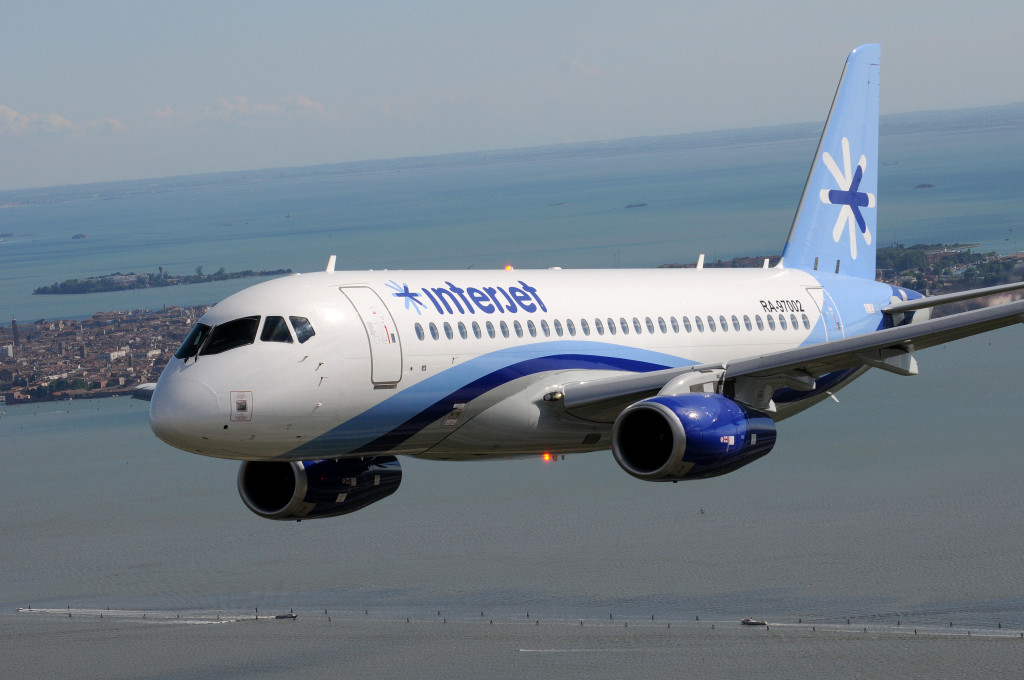
If you’ve ever used an online carbon footprint calculator, you may have been surprised by how much of your energy usage comes from air travel. A few flights a year and you’ve produced as much carbon as you have from driving your car all year.
But the truth is that air travel is actually more efficient than driving in terms of how much energy it takes to transport you a given distance. The problem is that the distances travelled by air are just very large.
We are moving towards electric cars, solar-powered homes, and other cleaner sources of energy. What can the airlines do to be greener?
The industry has committed to aggressive goals to reduce its greenhouse gas emissions, ultimately cutting them in half by 2050. One way they are doing this is to start using renewable biofuels in their planes. A company called Amyris has started providing farnesane, a clear fuel made from sugar cane to Gol, the second largest airline in Brazil. Gol is now using a 10% farnesane blend in its jet fuel on selected international flights including some to the U.S. Lufthansa has also started using the blended fuel on some of its flights.
Renewable jet fuels are fully compatible with airplanes, engines and fueling infrastructure. The primary barrier to biofuel products taking hold in the airline industry is cost. Like in all biofuel applications, the choice of feedstock is critical to both the economic and environmental success. Amyris is bullish on sugarcane biofuel and it does represent a promising clean energy option for the aviation industry.
**********
.
Web Links
Sugar in Brazilian Skies: Is Farnesane the Fuel of Airlines’ Future?
Photo, posted May, 23, 2013, courtesy of SuperJet International via Flickr.
.
Earth Wise is a production of WAMC Northeast Public Radio.
